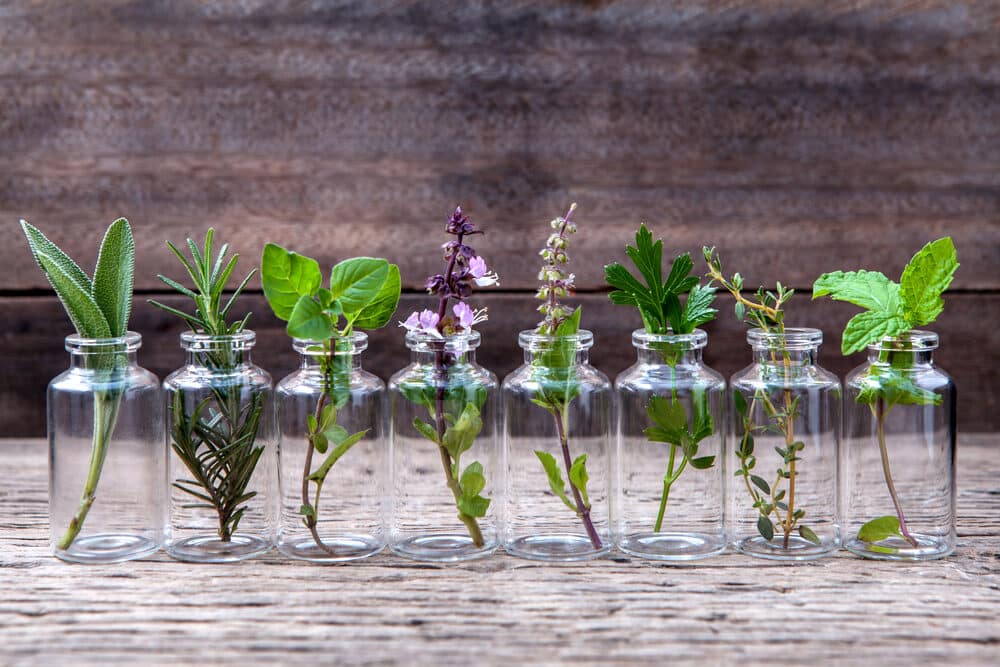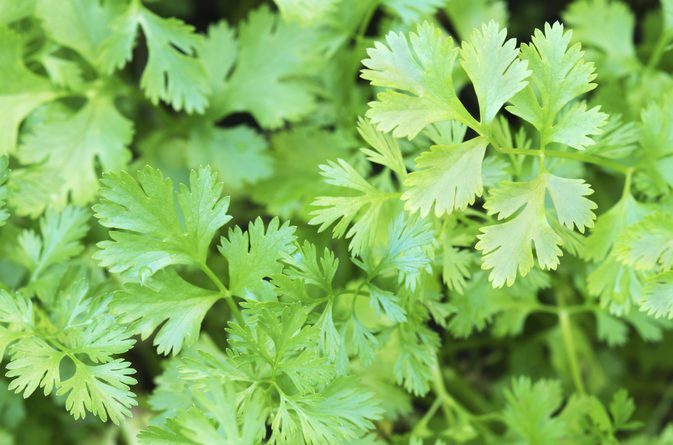
15 Feb How to Re-grow Vegetables From Cuttings
According to a study as per an article in The Atlantic, single-family households in Toronto discard about 275 kilograms of food waste per year. Food waste is becoming a serious problem that has been contributing to global warming, which is one of the reasons as to why Urban Cultivator came to be.
With this in mind, it’s important to make the most out of your produce—which is where vegetable cuttings come in. If you haven’t done this before, now is a good of a time as ever. Here’s how to grow some of your favorite vegetables out of their cuttings.

Lettuce
– Place leftover lettuce leaves in a bowl with a bit of water in the bottom
– Keep bowl somewhere that gets good sunlight
– Mist leaves with water a couple of times each week
– Once roots appear along with new leaves, transplant in soil

Celery
– Cut off bottom/base of celery and lay in a bowl with a bit of warm water in the bottom
– Keep bowl in direct sunlight
– When leaves thicken and grow along base, transplant your celery in soil

Green onions
– Take green onion roots and put them in a glass with enough water to cover them
– Change water every few days
– In about a week’s time, you will have new green onion

Avocado
– Take seed and wash it thoroughly
– Use toothpicks to suspend the seed over water in a bowl/jar, with enough water to fill bowl/jar to cover bottom inch of seed
– Keep bowl/jar in a warm place but not in direct sunlight
– Check the water every day and add more as needed
– Once stem and roots appear and stem reaches ~6 inches, cut it down to 3 inches
– When leaves appear, plant the seed in soil (but leave half of the seed above ground)

Ginger
– Plant a piece of ginger root in potting soil and make sure buds are facing up
– Once new shoots/roots appear, it’s ready to use

Garlic
– Use a piece of garlic and plant it with the roots facing down in potting soil
– Keep the pot in direct sunlight and in a warm place
– Once new shoots appear, cut the shoots back and wait for bulb (which is when it’s ready to use)

Fennel
– Keep an inch of the base of your fennel and place in a container with a cup of water; leave in direct sunlight
– Once roots grow and new greens hoots appear from center of the base, transplant your new fennel

Basil
– Keep a basil stem (~4 inches) and place in glass of water with the leaves above the waterline
– Leave glass in a bright area (but avoid direct sunlight)
– Once roots are a couple of inches in length, transplant in soil

Cilantro
– Keep a few stems of cilantro and place bottom of stem in a glass of water; leave the glass in a bright area
– Once roots reach a few inches in length, transplant in soil

Turnip
– Keep tops of turnip and place in a jar of water
– Once new green tops appear, transplant in soil
*This method works for all root vegetables, including beets and parsnips

Regrowing vegetables from scraps are a great way to get the most mileage out of your groceries, and a great starting point to combating global warming.
The Urban Cultivator appliance is another excellent method in lowering your food waste and reducing your carbon footprint. Since you only harvest what you need at any given time, you are able to minimize spoilage. Plus, with a wide variety of seeds to choose from, you’ll be able to feel good about your culinary adventures.
What’s your favorite vegetable to regrow? Let us know in the comments section!

